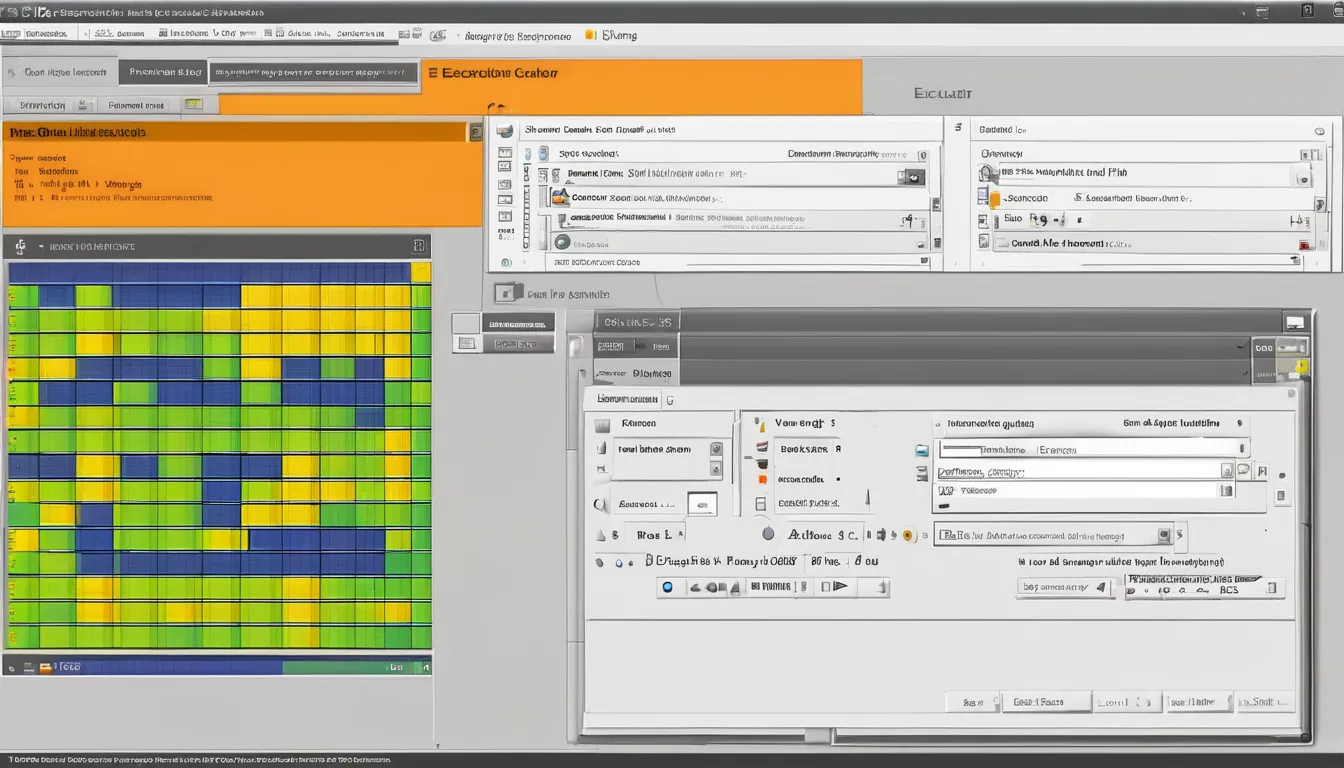
As you consider the evolution of Fluxus execution practices, you’ll notice a pattern of continuous innovation and experimentation. The movement’s early adoption of unconventional methods and found objects laid the groundwork for its later incorporation of mail art, Happenings, and performance/installation practices. These developments not only blurred the lines between art, music, and everyday life but also paved the way for contemporary interpretations that emphasize participation, ephemerality, and new technologies. But what sparked this shift towards experimentation, and how have these changes influenced the direction of Fluxus? The story of Fluxus’s evolution is complex and multifaceted. Fluxus executor Roblox.
Early Fluxus Experimentation Methods
Many artists associated with the early Fluxus movement employed unconventional experimentation methods that blurred the lines between art, music, and everyday life. You see this in the works of George Maciunas, the founder of Fluxus, who used everyday objects to create interactive installations and performances.
These artists rejected traditional notions of high art and sought to create a more inclusive, participatory experience.
You’ll notice that Fluxus artists often used found objects and chance procedures to create their works.
This approach allowed them to break free from the conventions of traditional art forms and explore new ways of creating and experiencing art.
For example, John Cage’s use of indeterminacy in his music compositions and George Brecht’s event scores, which provided simple instructions for participants to follow, are iconic examples of Fluxus experimentation methods.
Fluxus in Mail Art Movement
As you explore the experimental nature of Fluxus, you’ll find that its artists didn’t limit themselves to traditional exhibition spaces. They sought to break free from the conventional gallery system and engage with a broader audience.
One way they achieved this was by participating in the mail art movement. This movement allowed artists to share their work with others across the globe, creating a network of like-minded individuals who exchanged art and ideas through the postal system.
By using mail art, Fluxus artists like Ray Johnson and George Maciunas were able to distribute their work to a wider audience, often using everyday materials like postcards, stamps, and newspaper clippings.
This approach not only expanded their reach but also challenged the notion of what constitutes “art.” It blurred the lines between the artist, the viewer, and the artwork, creating a more democratic and inclusive art practice.
The mail art movement also reflected Fluxus’ emphasis on collaboration and community. Artists worked together, sharing ideas and materials, to create a collective body of work that was greater than the sum of its parts.
The Rise of Happenings
The Fluxus movement’s experimental nature extended beyond traditional art forms and exhibition spaces, taking the form of interactive events known as Happenings. You experience these events as immersive, often unpredictable, experiences that blur the line between artist, viewer, and environment.
Happenings typically involve a series of performances, installations, and interactive elements that unfold over a set period.
As you participate in a Happening, you become an active participant, rather than a passive observer. This shift in dynamics challenges your expectations of what constitutes art and how you engage with it.
Fluxus artists like Allan Kaprow, who coined the term “Happening” in 1958, sought to create experiences that were spontaneous, collaborative, and ephemeral.
Happenings often take place in non-traditional venues, such as parks, streets, or abandoned buildings. You might find yourself traversing a maze of sounds, images, and textures, with no clear beginning or end.
This fluid, dynamic quality allows Happenings to evolve and adapt to their surroundings, creating a unique experience each time they occur. By embracing the unpredictability of Happenings, you become a co-creator, shaping the event through your participation.
Performance and Installation Practices
Fluxus artists didn’t just create interactive events – they also experimented with performance and installation practices that challenged conventional notions of art. As you explore the works of key Fluxus artists like Nam June Paik and Joseph Beuys, you’ll notice a blurring of the lines between artist, performer, and audience.
These artists pushed the boundaries of what was considered “art” by incorporating everyday objects, sounds, and actions into their performances.
You’ll see how George Maciunas‘ involvement in the movement led to the development of more structured performance practices. His emphasis on simplicity, clarity, and brevity helped shape the Fluxus aesthetic.
Meanwhile, artists like Yoko Ono and John Cage experimented with installations that challenged the viewer’s perceptions and encouraged participation. Their use of everyday objects and sounds created immersive environments that were both thought-provoking and engaging.
Contemporary Fluxus Interpretations
Within the contemporary art landscape, you’ll find that Fluxus‘ anti-establishment, avant-garde spirit has been reinterpreted and reimagined in countless ways.
You see this in the way artists are pushing boundaries, rejecting traditional norms, and experimenting with new forms of expression.
As you explore contemporary Fluxus interpretations, you’ll notice some key themes emerging. These include:
- A focus on participatory and interactive art, where the viewer becomes an active participant rather than a passive observer.
- An emphasis on ephemerality and impermanence, with artists creating works that are fleeting and ephemeral.
- A blurring of boundaries between art and everyday life, with artists incorporating mundane objects and activities into their work.
- A rejection of traditional notions of ownership and authorship, with artists embracing collaboration and collective creativity.
- A use of new technologies and digital platforms to create immersive and interactive experiences.
You’ll find these themes playing out in a wide range of contemporary art practices, from performance and installation to digital art and social practice.
Conclusion
As you look back at the evolution of Fluxus execution practices, you see a continuous drive for innovation and experimentation. From unconventional methods to new technologies, Fluxus artists have consistently pushed boundaries. The movement’s shift towards participatory and interactive art guarantees a dynamic art form that’s always changing. You’re left with an art form that rejects traditional norms, embracing ephemerality and immersing you in new experiences. Fluxus remains a dynamic force in the art world.

